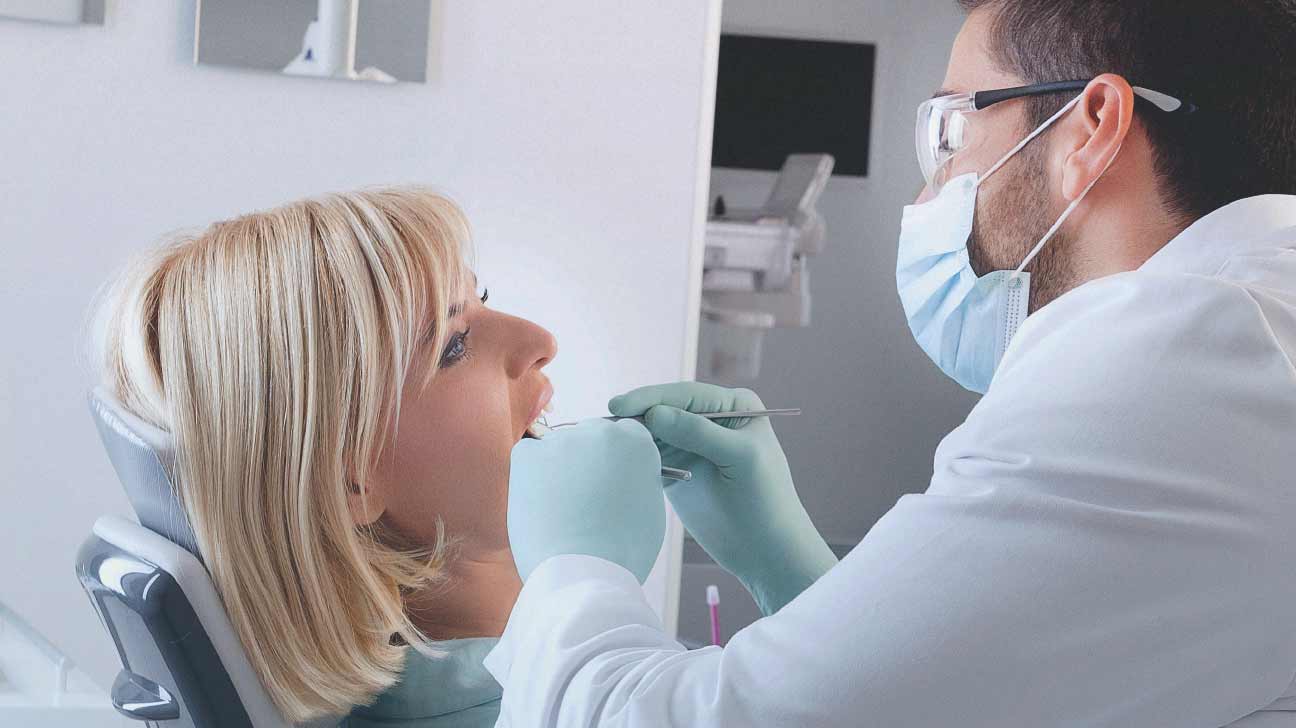Root canal is a dental procedure that medical practitioners use to treat an infection to a patient’s tooth without having to extract it. During this process, the doctors remove that portion of the tooth’s pulp that become bad before cleaning and disinfecting the remaining areas. However, the most common causes of this dental disorder are an intense pain because of decay, abscess, the presence of large fillings and continuous dental treatments in the region. In addition to this, trauma because of injuries to this region of such individuals’ mouths can also result in this aliment.
Dr. Kami Hoss is a prominent medical practitioner from San Diego, California in the United States with more than 20 years of valuable experience in the field of pediatric dentistry and orthodontics. He is also the Chief Executive Officer of The Super Dentists, one of the largest dental clinics in the region. He explains that a root canal treatment involves the following important steps:
Step 1: Administrating local anesthesia
Before the treatment, the dentist administers a local anesthesia to his/her patient via an injection. The medical practitioner does this to numb the tooth is operating on and its adjacent tissues. This also makes the procedure less painful to person undergoing the operation especially if he suffers from an inflammation to the pulp.
Step 2: Covers the patient’s teeth with a dental dam
In this stage, the doctor covers the patient’s teeth with a dental dam except for the tooth he/her going to operate. This enable the medical practitioner to carry out the procedure in a sterile surrounding that is free from bacteria contamination.
Step 3: Drills a hole of the surface of the tooth
The dentist then drills a small hole through the surface of the patient’s tooth he/she is operating. This allows the doctor to have access to the pulp chamber and the root canals.
Step 4: Removes the portion of the infected region of the pulp chamber
This medical practitioner removes the dead tissues and the region of pulp chamber that becomes bad because of the infection with the aid of state of the art dental instruments. He/she then uses the same apparatusto clean and disinfect the other remaining tissues and root canal with an antiseptic solution.
Step 5: Installs tiny instrument to the root canals
The dentist then installs small inflexible devices in the canals to allow them to get root canal sealers. However, before he does this, this doctor washes these regions and removes any further debris before closing them.
Step 6: Fixes root canal fillings
Finally, the dentist selects the right fillings to seal the root canals. These consist of thermoplastic material that compress into the walls of the canals with this medical practitioner applies heat to seal them.
Dr. Kami Hoss goes on to say that dentists carry out this treatment as a convenient way to treat a patient’s tooth that becomes bad due to an infection without the need to remove it. The procedure is also less painful in comparison to other dental surgeries. However, it is important for such medical practitioners to use the latest dental instruments when they conduct this procedure.





